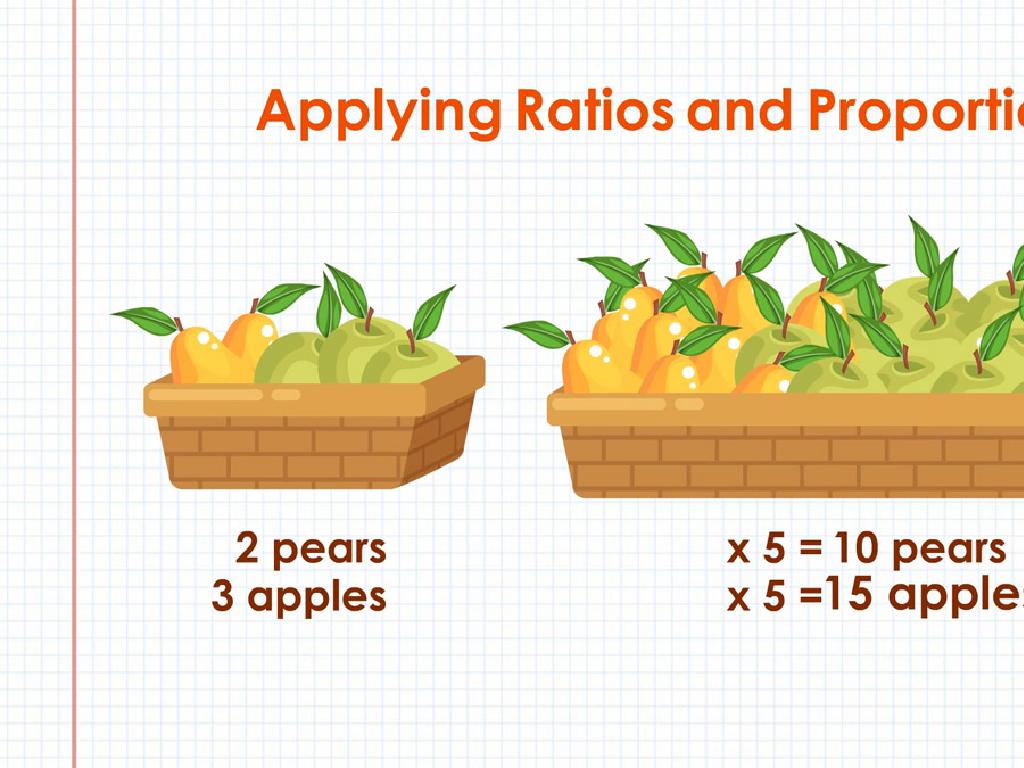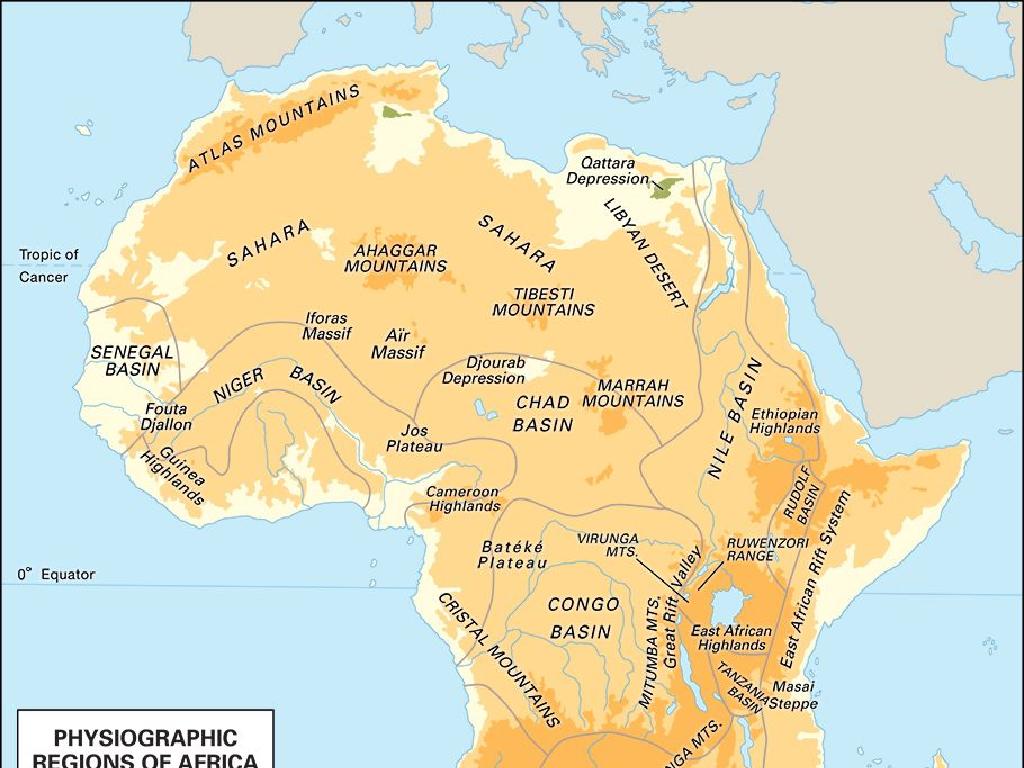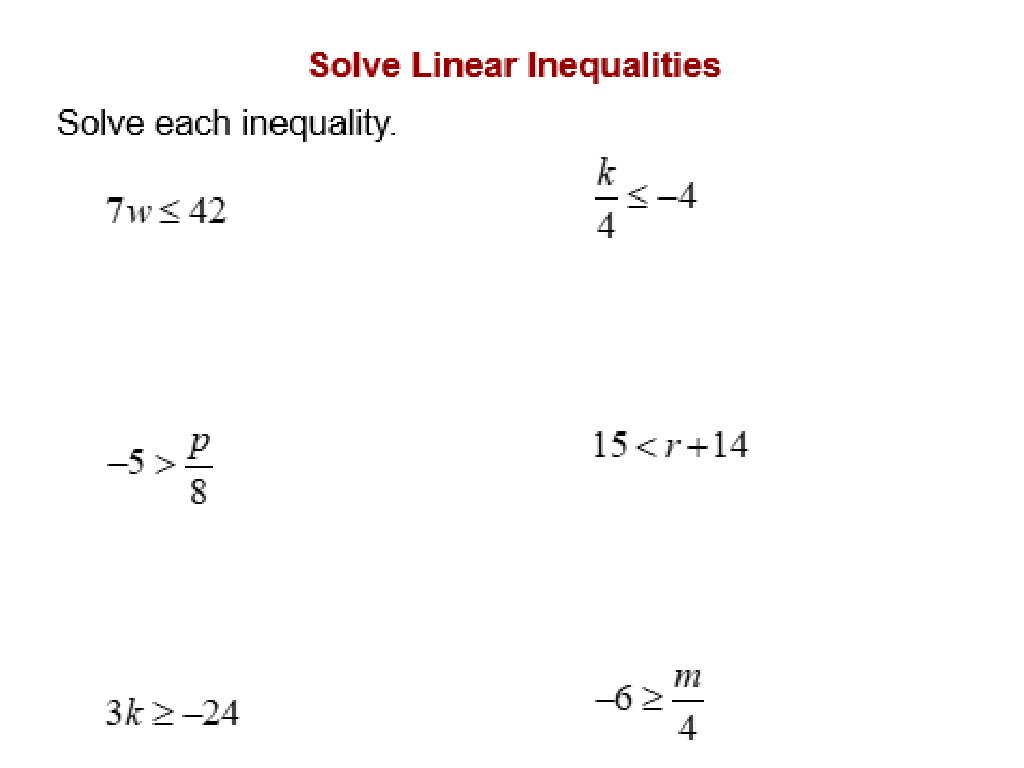Ap Us History Standards Mappings
Subject: Arts and humanities
Grade: High school
Topic: Ap /College Us History
Please LOG IN to download the presentation. Access is available to registered users only.
View More Content
Navigating AP US History Standards
– Introduction to AP US History
– An advanced course exploring US history from various angles.
– Significance of historical perspectives
– Recognizing how events are interpreted differently over time.
– Exploring AP US History standards
– Standards guide learning objectives and assessment methods.
– Objectives of today’s lesson
|
This slide introduces students to the Advanced Placement US History course, emphasizing its role in providing a comprehensive understanding of the nation’s past from multiple viewpoints. Highlight the importance of considering historical events from different perspectives to appreciate the complexity of history. Explain how the AP standards serve as a roadmap for the course, outlining what students should learn and how they will be evaluated. Today’s lesson will focus on understanding these standards and how they will shape the learning experience throughout the year. Encourage students to think critically about history and its impact on the present and future.
Understanding Standards Mappings in AP US History
– Define standards mappings
– A framework aligning curriculum with educational standards
– Role in studying history
– Guides the depth and scope of historical topics covered
– Standards mappings application
– Used to ensure comprehensive coverage of historical events and themes
– Examples from AP US History
– For instance, mapping the causes of the Civil War to specific learning objectives
|
Standards mappings are crucial for aligning the AP US History curriculum with the educational standards set forth for history education. They ensure that the teaching material covers the necessary breadth and depth of historical knowledge. By using standards mappings, educators can systematically address each required topic, such as the American Revolution, Civil Rights Movement, or the development of American political institutions, ensuring that students gain a comprehensive understanding of US history. Examples in the AP context could include how the curriculum maps the study of the Great Depression to economic concepts and historical analysis skills. This slide will help students appreciate the structure behind their learning journey and the goals they are expected to achieve.
Historical Thinking Skills in AP US History
– Understanding Chronological Reasoning
– The ability to understand and sequence historical events and recognize cause-and-effect relationships.
– Mastering Comparison in History
– Analyzing similarities and differences between different historical periods or events.
– Contextualization of Historical Events
– Placing events in the larger context to understand their significance and impact.
– Activity: Historical Case Study Analysis
|
This slide introduces students to the essential historical thinking skills necessary for AP US History. Chronological reasoning involves understanding the sequence of historical events and recognizing patterns over time. Comparison requires students to examine and analyze similarities and differences between events, which can reveal trends and shifts in history. Contextualization asks students to place events within the broader spectrum of social, political, and economic conditions. The class activity will involve a case study where students will apply these skills to analyze a specific historical event, enhancing their critical thinking and understanding of historical narratives. Teachers should prepare a case study that is relevant and engaging, and guide the discussion to ensure all three skills are utilized effectively.
Exploring AP US History Themes
– Overview of the seven APUSH themes
– Identity, Work, Exchange, and Technology; Peopling; Politics and Power; America in the World; Environment and Geography; Ideas, Beliefs, and Culture; Migration and Settlement.
– Themes as a lens for historical events
– Themes help categorize and analyze events throughout US history.
– Activity: Matching events to themes
– Students will connect key events with the appropriate APUSH themes.
– Significance of thematic understanding
|
This slide introduces students to the seven interrelated themes that provide a framework for understanding the breadth of American history. These themes are essential for students to categorize historical events and analyze them in a broader context. The activity involves matching specific events to these themes, which will help students to actively engage with the material and reinforce their understanding of how these themes are applied in historical analysis. For the activity, consider providing events like the Declaration of Independence, the Industrial Revolution, the Civil Rights Movement, and the Cold War. Students should discuss why each event aligns with a particular theme. This exercise will prepare them for the AP exam’s emphasis on thematic understanding.
Periodization in US History
– Define periodization
– Periodization is dividing history into segments for easier study and understanding.
– Outline the nine APUSH periods
– From 1491 before European contact to 1980 and beyond, highlighting key events and changes.
– Importance of periodization
– It helps us recognize patterns and turning points in history.
– Organizing historical understanding
– Periodization allows us to break down complex history into manageable parts.
|
This slide introduces the concept of periodization in the context of AP US History. Periodization is a critical tool for historians, allowing them to categorize and segment history into distinct periods based on significant events, developments, or themes. This approach not only simplifies the vast timeline of history but also aids in identifying patterns and understanding the cause-and-effect relationships between historical events. The nine periods in AP US History span from pre-Columbian societies to contemporary America, each characterized by unique developments that shaped the nation’s course. By understanding these periods, students can better organize their knowledge of US history and prepare for the AP exam. Encourage students to think about how periodization can apply to other areas of study and life, emphasizing its value in structuring complex information.
Analyzing Primary Sources in AP US History
– Importance of primary sources
– Primary sources offer unfiltered insights into historical events.
– Techniques for analysis
– Examine author’s perspective, purpose, audience, and context.
– Interpreting historical documents
– Understand bias, significance, and the source’s reliability.
– Class Activity: Primary Source Analysis
|
This slide introduces the concept of primary sources as the raw materials of history, providing firsthand accounts of past events. Students should learn techniques for analyzing these documents, such as considering the author’s perspective, the purpose behind the source, the intended audience, and the historical context in which it was created. They should also be taught to interpret the significance of the source, assess any biases present, and evaluate its reliability. The class activity will involve students applying these techniques to a primary source document, using AP US History standards mappings to guide their analysis. Teachers should prepare a diverse set of primary sources for students to analyze and provide a structured worksheet to help them apply the analysis techniques. Possible activities could include analyzing letters from historical figures, political cartoons, or excerpts from speeches or diaries.
Case Study: The American Revolution
– Apply standards mappings to the Revolution
– Understand the Revolution through the lens of AP US History standards
– Identify themes and periodization
– Themes like liberty, periodization such as pre and post-Revolution
– Recognize historical thinking skills
– Skills like analysis, causation, and comparison
– Group Activity: Map a key event
|
This slide introduces a case study on the American Revolution, emphasizing the application of AP US History standards mappings to enhance understanding. Students will identify key themes and understand the concept of periodization, which involves dividing history into different periods. They will also focus on developing historical thinking skills such as analysis, causation, and comparison. The group activity will involve students working together to create a standards mapping for a significant event during the American Revolution, such as the signing of the Declaration of Independence or the Battle of Yorktown. This activity will help students to contextualize historical events within the broader framework of AP US History and to practice collaborative learning. Provide guidelines for the activity, including examples of events to choose from, and encourage students to use critical thinking to connect their event to the standards mappings.
AP US History: Utilizing Standards Mappings
– Understanding standards mappings
– Standards mappings align learning objectives with exam requirements.
– Strategies for effective studying
– Use study schedules, focus on themes, and practice with past papers.
– Review techniques for AP History
– Employ flashcards, group discussions, and timelines for review.
– Activity: Create a study plan
– Incorporate mappings to identify key topics and allocate study time.
|
This slide aims to prepare students for the AP US History exam by explaining how standards mappings can be a vital tool for success. Standards mappings help students understand the specific learning objectives that the AP exam will cover, ensuring that their study efforts are focused and aligned with the exam’s requirements. Tips for studying include creating a study schedule, concentrating on overarching themes, and practicing with previous exam papers. Review techniques such as using flashcards, engaging in group discussions, and creating timelines can help reinforce material. The class activity involves students developing their own study plans, using standards mappings to identify essential topics and effectively allocate their study time. This activity will help students personalize their review process and encourage active engagement with the material.
Class Activity: Mapping History
– Select a historical period in groups
– Create a standards mapping
– Include key events, figures, and concepts
– Present mappings to the class
– Explain the significance and connections
– Engage in class discussion
– Share feedback and insights on the mappings
|
This activity is designed to help students actively engage with the AP US History standards by creating a mapping of a specific historical period. In their groups, students should discuss and decide on the most significant events, figures, and concepts to include in their mapping. They should aim to show clear connections and how these elements meet the AP standards. When presenting, each group will explain their reasoning behind the choices they made, which will help them to deepen their understanding of the historical period and its importance. The class discussion will provide an opportunity for peer learning as students reflect on the different perspectives and approaches of their classmates. Possible activities could include mapping the Revolutionary War, the Civil Rights Movement, or the Industrial Revolution, among others.
Conclusion & Reflection on AP US History Standards Mappings
– Recap of standards mappings
– Reflect on understanding history
– How does mapping standards provide a deeper insight into historical events?
– Homework: Historical event reflection
– Choose an event, apply standards mappings, and write your insights.
– Importance of standards mappings
– Standards mappings align learning with key historical themes and skills.
|
As we conclude today’s lesson, it’s important to reflect on how the AP US History standards mappings not only guide our studies but also enrich our comprehension of historical events and their significance. By aligning our learning with these standards, we ensure a thorough and structured exploration of history. For homework, students are tasked with selecting a historical event and writing a reflection on how the application of standards mappings can deepen their understanding of its impact and relevance. This exercise will help students practice critical thinking and analytical skills by connecting historical content with broader themes and concepts outlined in the AP US History standards.






